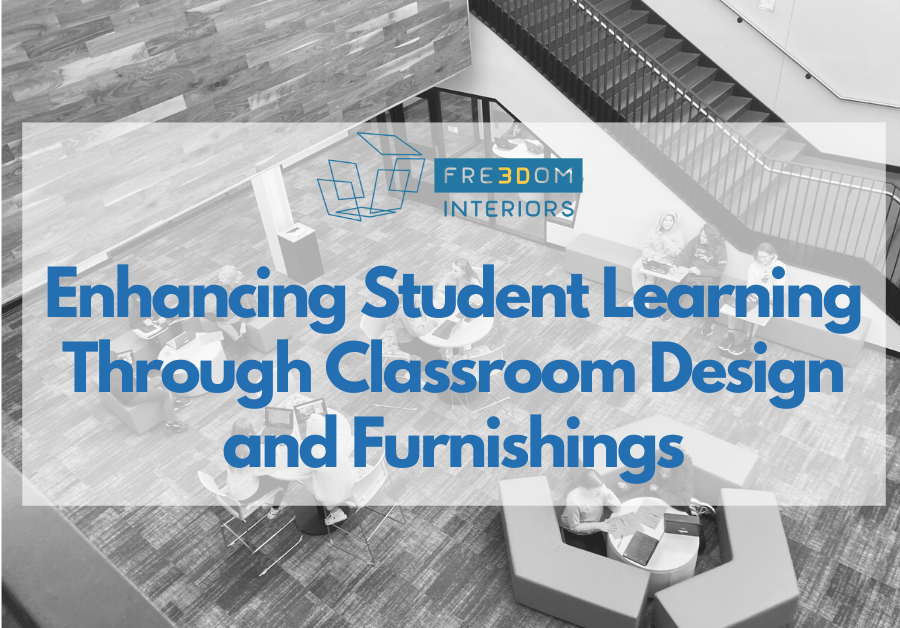News
Enhancing Student Learning Through Classroom Design and Furnishings
January 11, 2024
The impact of classroom design and furnishings on student learning is undeniable. Creating an environment that fosters a positive and conducive atmosphere for learning begins from the moment a student steps into the school building. This case study explores the critical role of classroom design in setting the right tone for learning, emphasizing the need for collaboration among builders, designers, educators, and students to create exceptional learning spaces.
Analogous to the influence of entering a dental office versus a favorite fast food restaurant on one’s psyche, the case underscores that the question is not whether classroom design affects student learning but how it does so. The focus is on stimulating, engaging, and inspiring students and staff to work more productively and creatively through a well-thought-out environment.
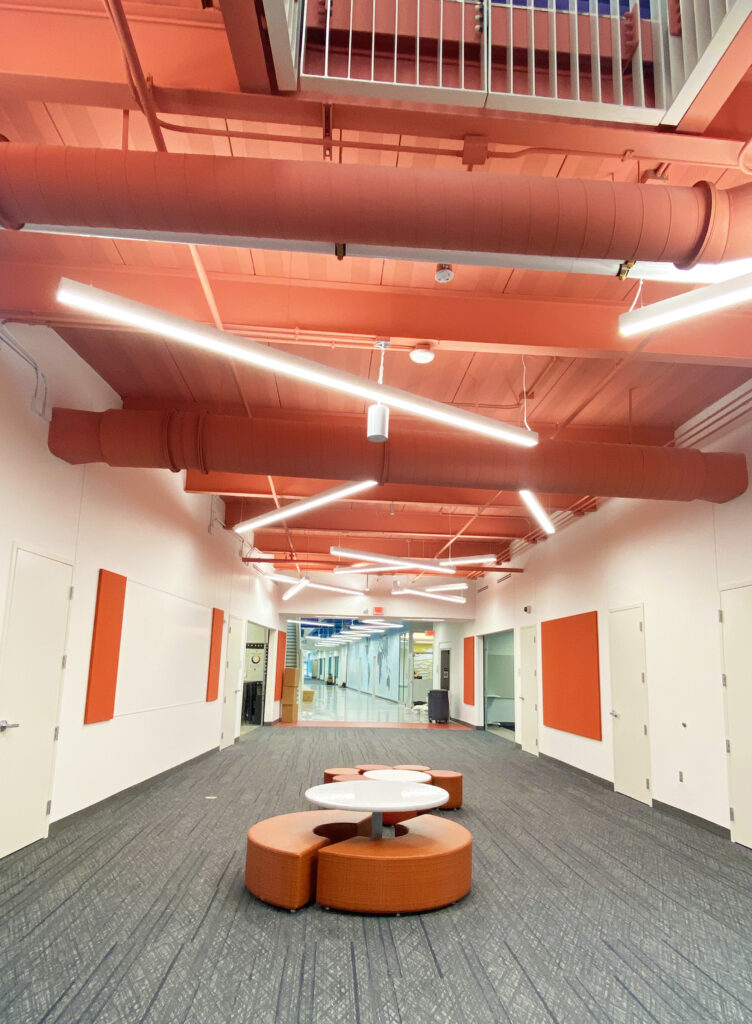
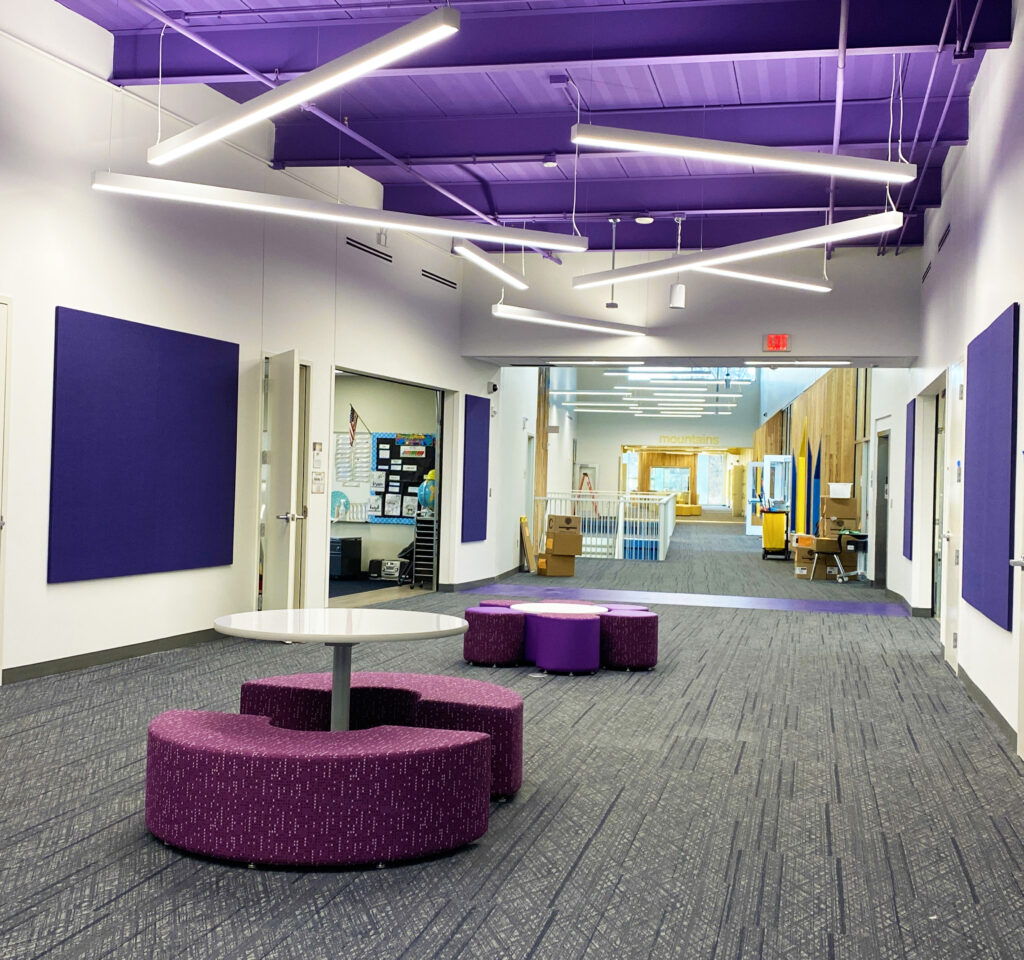
The study challenges traditional perspectives by encouraging a mindset shift. It advocates thinking beyond individual classrooms and breaking down physical barriers within the school to create a community of learners. The goal is to foster collaboration, creativity, and self-expression throughout the entire school environment.
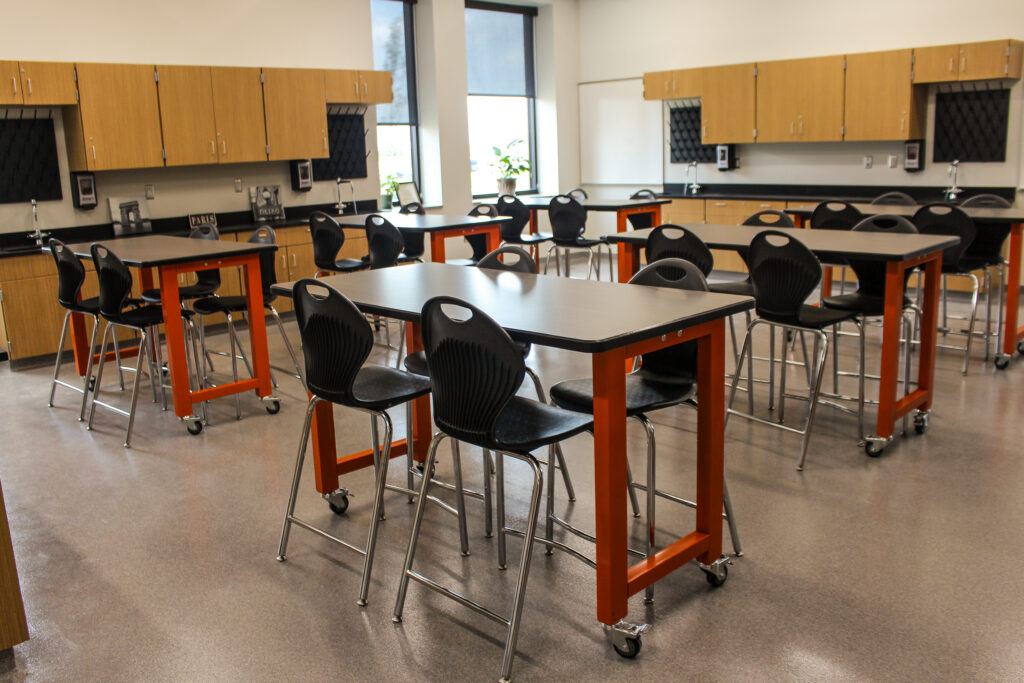
Initiating the design process involves asking high-level questions about the curriculum. Understanding what needs to be taught, the objectives, implemented techniques, and the role of technology sets the foundation for effective design. The case suggests aligning design choices with curriculum goals, taking into account practical considerations such as budgets, enrollment numbers, time constraints, and the nature of the space (new or existing).

Funding classroom design often requires evidence-based justification. In fact, research increasingly shows the impact classroom design has on student success: 25%, positive or negative depending on the environment, on annual academic progress. And Dr. Sheryl Reinisch, the Dean of Concordia University-Portland’s College of Education says that well designed classrooms can “help children feel safe, secure, and valued. As a result, self-esteem increases, and students are motivated to engage in the learning process.”
Another case highlights a pivotal study conducted by the University of Salford and Nightingale Associates, spanning primary schools and classrooms. The study found that classroom design could impact a student’s progress by up to 25% over an academic year. Notably, six out of ten design parameters were identified as having the most significant impact on student learning.
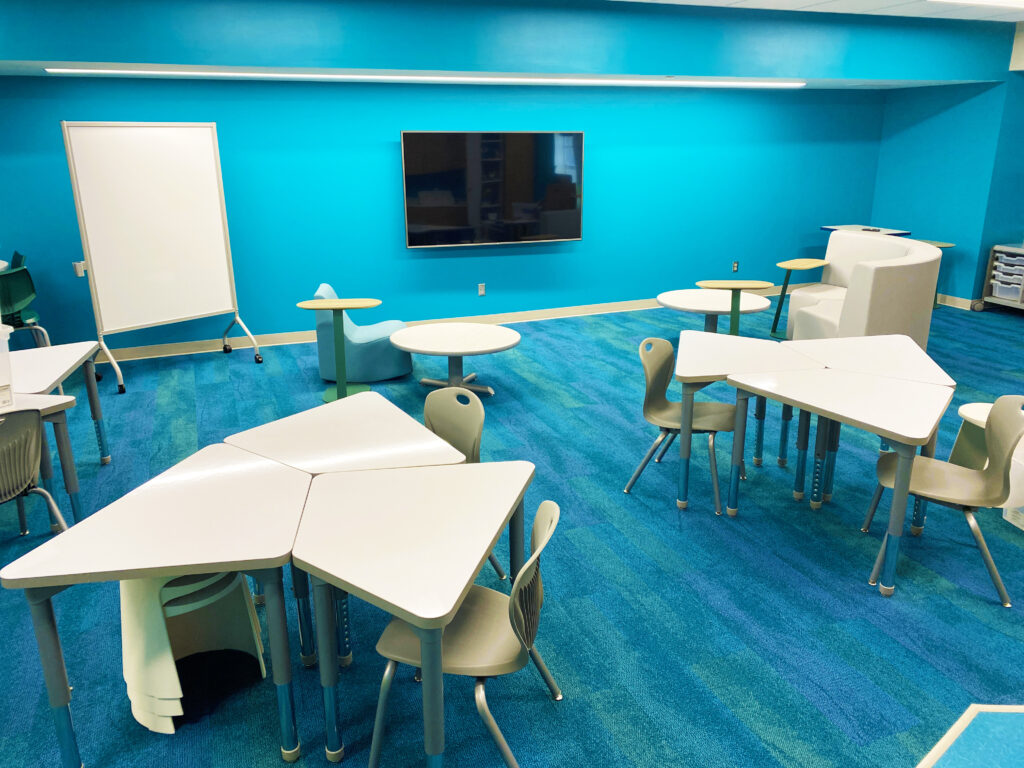
The case emphasizes that emerging research and budget constraints are compelling design teams, including architects and furniture suppliers, to adhere to higher standards. Design elements once considered innovative, as demonstrated by the Salford study, are now expected components of any new or renovation project. Suppliers, particularly in the realm of school furnishings, are urged to remain adaptable to the evolving needs of 21st-century schools.
Conclusion:
In conclusion, this case study underscores the importance of thoughtful classroom design in shaping the learning environment. By considering the curriculum, embracing a holistic perspective, and aligning design choices with evidence-based findings, stakeholders can collaboratively create spaces that enhance student learning, creativity, and productivity.
Sources:
